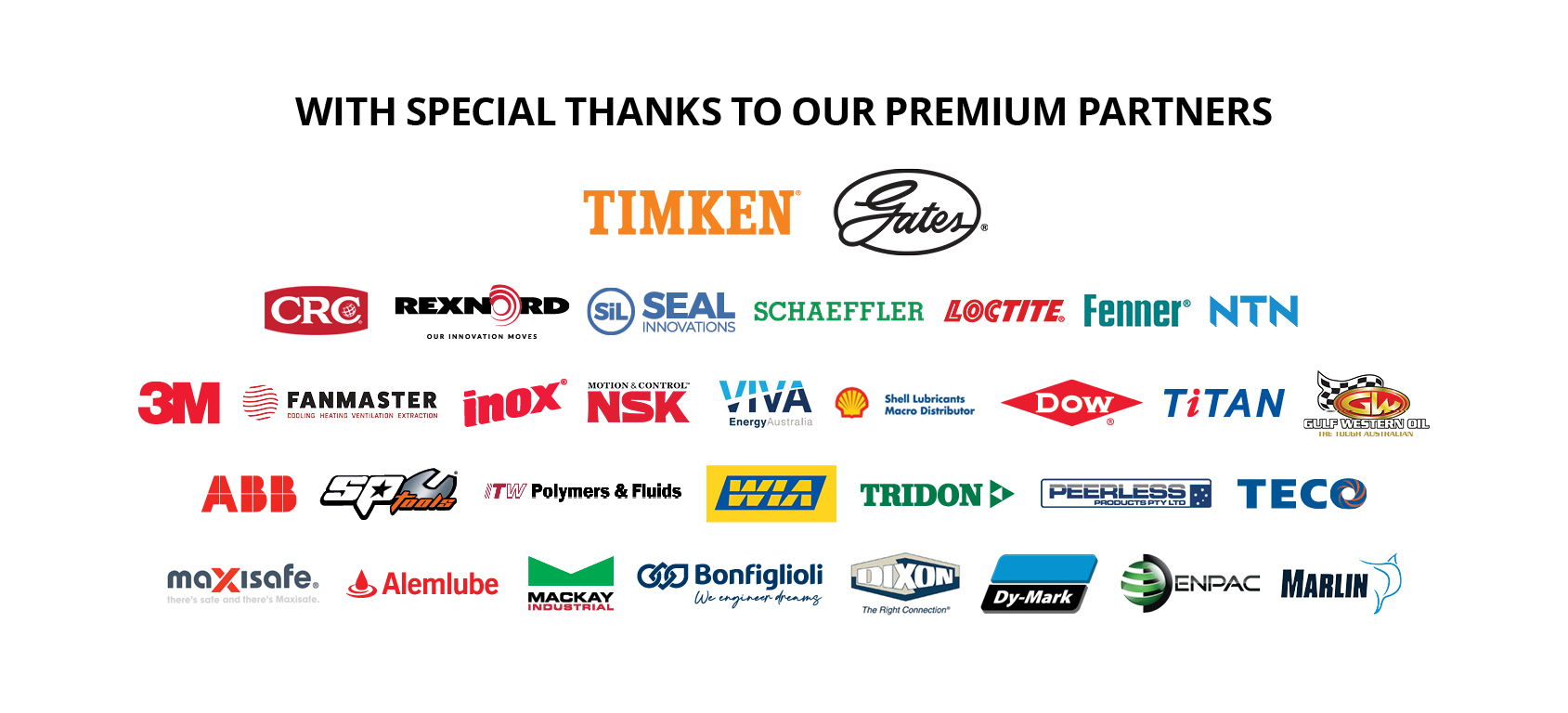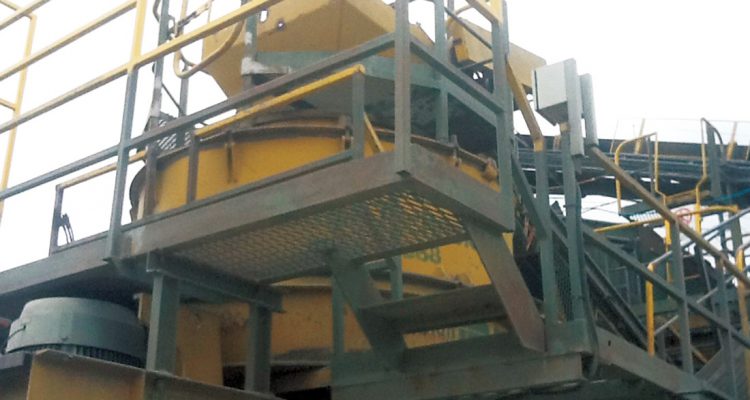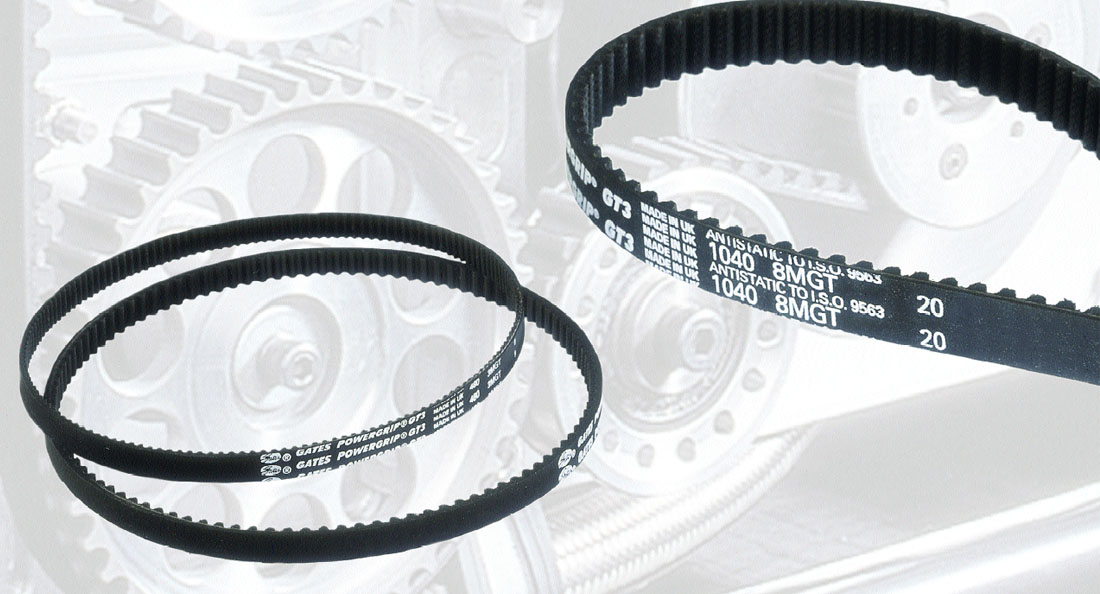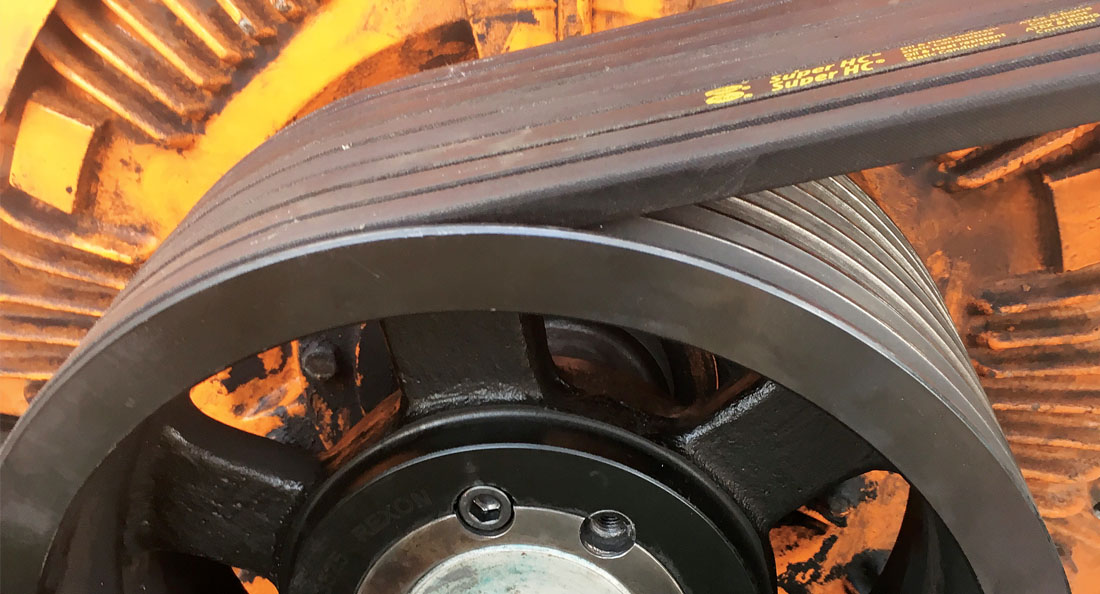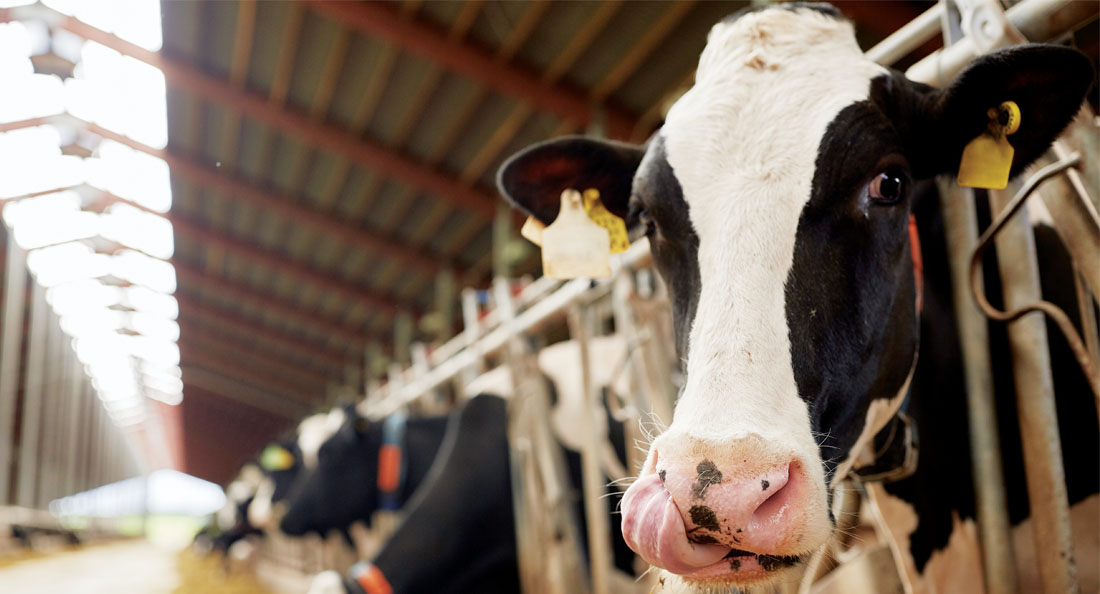Crushers are the backbone of any quarry operation, so it’s imperative that they are always operating rain hail or shine.
“A blocked or jammed crusher puts the drive system under immense strain, which can cause v-belts to slip and squeal until the blockage is cleared. Belt slippage creates excessive heat in and around the v-belts and pulleys, resulting in accelerated wear life for the drive belts,” says Mark Brocherie, District Manager at BSC.
“When the drive belts eventually fail it’s an urgent rush for the site to pull the guards off, inspect the belts, then begin searching for the spare set that’s meant to be on-site. If the spare set cannot be located, we’ll likely get the phone call from the Quarry Manager hoping that BSC have the stock locally to keep things going.”
This ongoing challenge was causing a major hard rock quarry in Queensland considerable operational downtimes as the crusher drive belts slipped or failed frequently, requiring operators to stop the conveyors equipment until the problem was resolved.
“Our customer was experiencing poor belt life on their main Barmac crusher which utilised standard v-belts, that only lasted 2-3 months. These belts tended to slip frequently on startup and would struggle to properly drive the crusher during blockages and jam-ups.”
“Every time these particular belts failed, operations were delayed by 2-4 hours until new belts were located or ordered. Guards would then be removed, and new belts fitted. This put the Quarry Manager under a huge amount of pressure as production was halted until the new belts were fitted,” he adds.
The BSC team’s recommendation to resolve this issue was to upgrade the belts on the Barmac crusher to Carlisle Power-Wedge Cog-Belts to maximise their efficiency and extend the belts’ life.
“The Carlisle® Power-Wedge® Cog-Belt® offers better grip on the drive and is therefore less prone to slipping, which is why we suggested the quarry upgrade to this belt. This is because of the raw-edge design of the belt. The gripping power of the raw edge sidewalls allows the belt to grip tighter in the pulley to reduce belt slippage. The cogged construction also allows the belts to run cooler,” explains Mark.
“Most importantly, Carlisle Power-Wedge Cog-Belts have a higher horsepower rating compared to the standard v-belts. As a result, they can handle shock loads better than the standard belts. This in turn extends the belt life and reduces maintenance costs considerably.”
To demonstrate the higher power ratings, Mark also ran an analysis using Carlisle’s Drive Engineer web app, which showed that the SPCX4500 Power-Wedge Cog-Belts offered 49.08 kW capacity per belt compared to 37.39 kW capacity per belt in the SPC4500 standard-duty v-belts.
“Our customer was initially sceptical about the cogged construction of the belts, fearing that some rocks might get stuck in the cogs and affect the performance of the belt and the drive. So, we ran a trial and the managers were quite impressed with the result. They have since started incorporating the Power-Wedge Cog-Belts into their other applications throughout the site with success.”
Following the upgrade, Mark says the service life of the belts on the quarry crusher have increased to one year, from the previous average of only a couple of months.
“It’s proven to be very convenient for the quarry as they can now replace the belts during their scheduled annual maintenance period rather than getting unexpected downtimes throughout the year.”
With the Carlisle Power-Wedge Cog-Belts offering a cost-effective solution to upgrade the quarry’s crusher, Mark says other mines and quarries can look at a similar solution for their crushers and conveyor drives.
“This quarry is no different to any hard rock quarry in Australia and if it can work here, there’s no reason other sites can’t reap the same benefits,” he says.
Mark recommends onsite surveys and engaging with his strong engineering team to help identify problems before they arise, which will result in major delays and inefficiencies if not accounted for. In the case of the hard rock quarry, a thorough site survey by the BSC team had identified excessive wear and cracking of the belts, which eventually resulted in the crusher belt upgrade.
“By conducting a site survey and reporting back to the quarry manager, the BSC team can give the quarry a better understanding of what alternative products are available and what upgrades can be introduced to the site.”
“The Carlisle Power-Wedge Cog-Belt goes beyond that and offers a superior material called Ethylene Propylene Diene Monomer (EPDM). EPDM is durable and resistant to oil, heat, hardening and glazing. Carlisle belts made of EPDM have superior flex and load carrying capacity with a broad operating temperature range of -10°C to +120°C,” he adds.
“Often the reason people buy the standard-duty belts is that they need a quick replacement to get their equipment back on and it’s easier to buy what has been used before. But, by being proactive and running a site survey, we at BSC can help you find solutions that are better fitted to your application and can offer long-term benefits,” he concludes.
